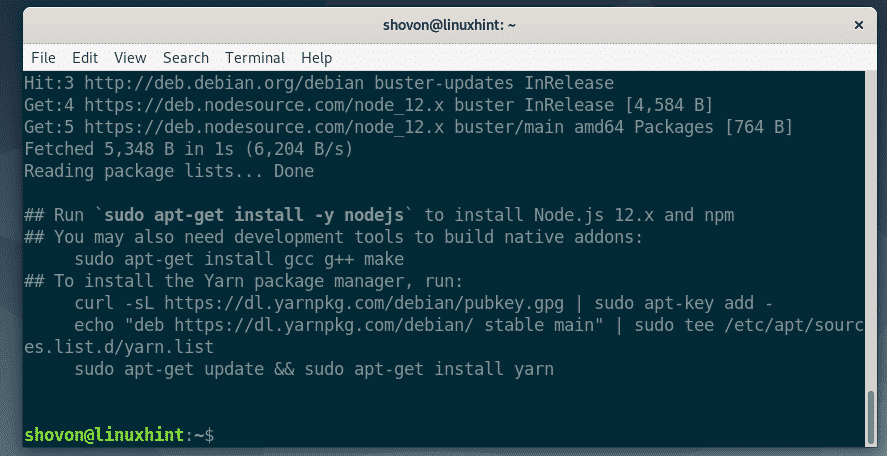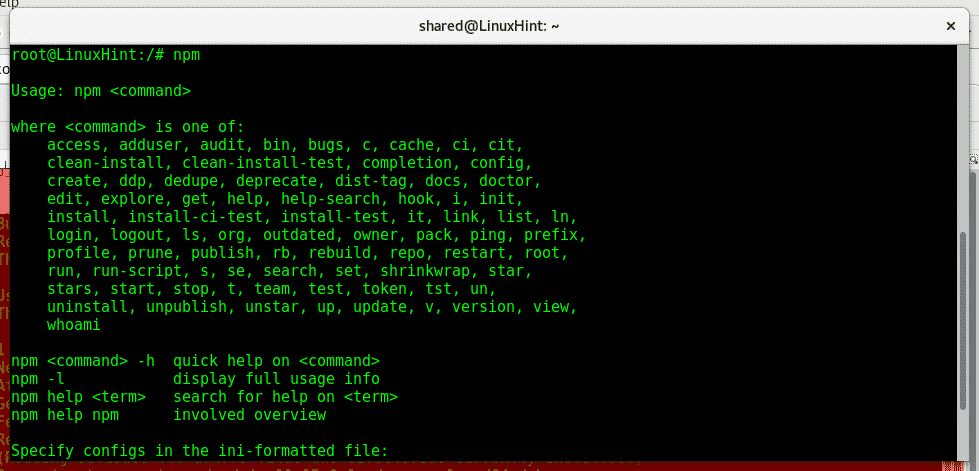
If you are deploying Node.js to production, then LTS is the better option as you will be able to update and patch it as the core team releases security updates and new features. The option you select is entirely dependent on your requirements. If you want to install the latest version, you can either choose the current version, which has all the latest features, or the Long Term Support (LTS) version. Node.js is also available as a Docker image and can also run on the IBM PowerLinux, System z, and AIX platforms.Īs Node.js has been around since 2009, there are currently 16 versions of this platform available. In addition to supporting the x86 CPU architecture, it can also run on specific ARM platforms. Node.js also supports both 32-bit and 64-bit environments.

Developers can deploy it on Windows, macOS, and Linux.

One of the core features of this runtime environment is that it is cross-platform. Built on Google Chrome's V8 JavaScript engine, Node.js is a popular platform for creating solutions that require speed and scalability.

Node.js is an open-source, back-end JavaScript runtime environment that enables developers to execute JavaScript code without a browser. Start the simple hiring process with Upstack today.


 0 kommentar(er)
0 kommentar(er)
